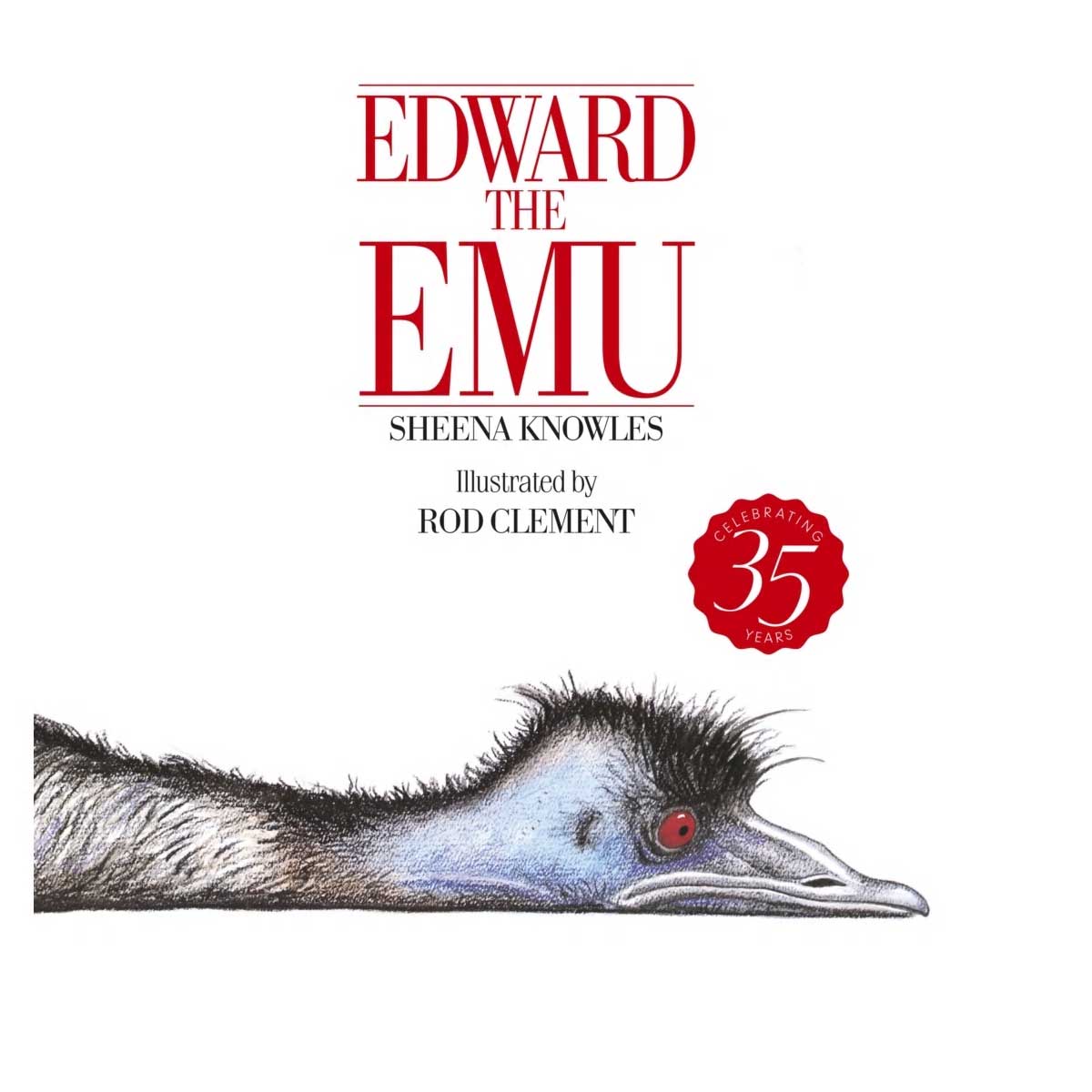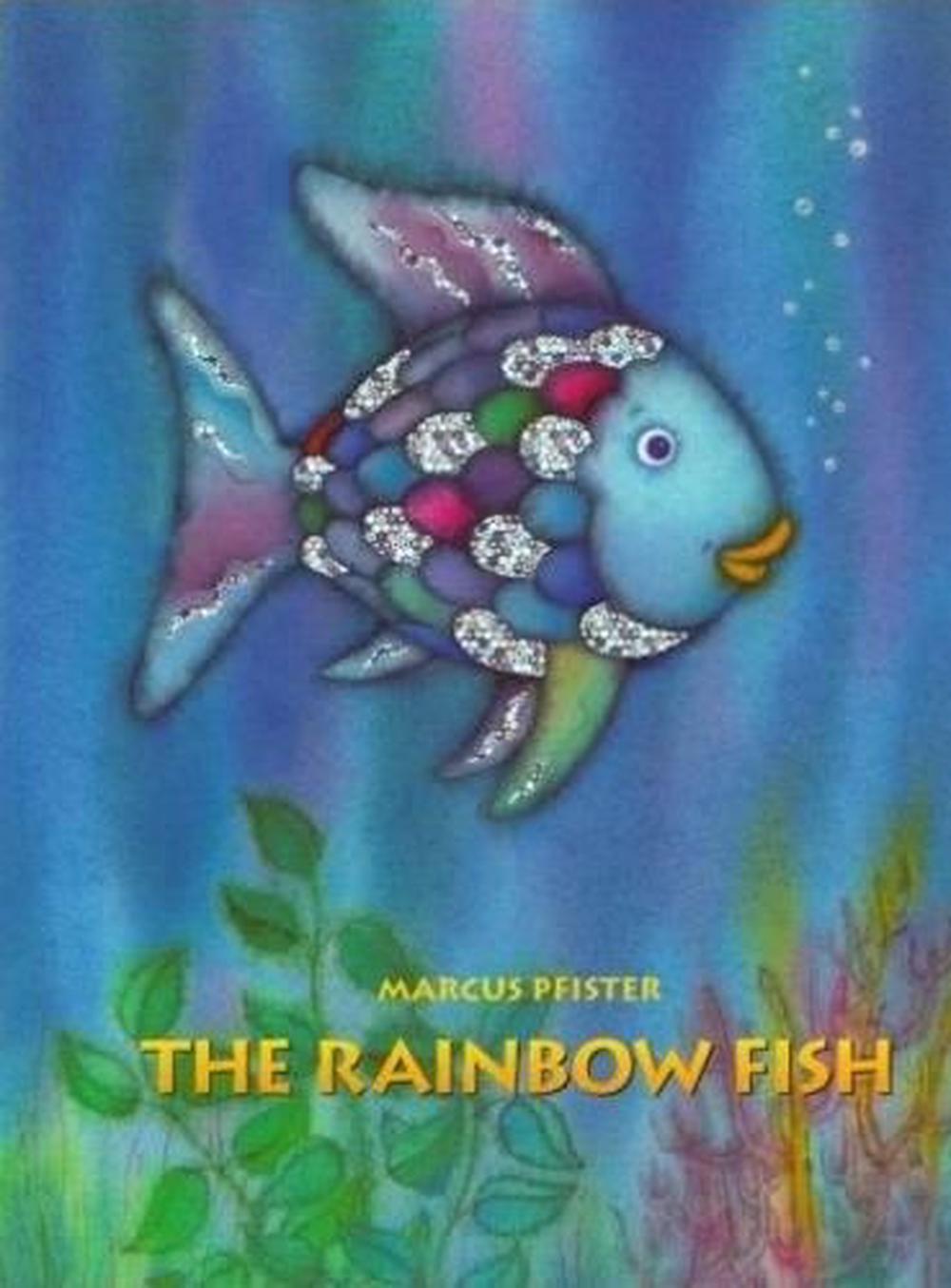Emotional Intelligence is vital in early childhood education, helping young learners navigate their feelings and social interactions. Storytelling serves as a powerful tool that makes emotional learning engaging and accessible, offering children a window into the world of emotions. By following characters as they face emotional challenges, children can better understand feelings, decision-making, and empathy. By incorporating SEL activities into stories, educators can nurture emotional awareness, empathy, and self-regulation in children. In this article, we’ll explore how storytelling can enhance emotional intelligence in young learners and offer five specific storytelling activities designed to strengthen SEL skills, using books like I Need a Hug by Aaron Blabey, and Edward the Emu by Sheena Knowles from Steven De G.C.’s selection.
“What Happens Next?” Role Play

Objective: Teach empathy and perspective-taking.
How it Works: During a pivotal moment in the story, pause and ask children to predict and act out the character’s next actions. This role-play encourages them to empathise with the character’s feelings and understand the potential impact of different choices.
Example with “I Need a Hug” by Aaron Blabey
In I Need a Hug by Aaron Blabey, the main character feels lonely and seeks comfort. At a moment where the character is deciding whom to approach for a hug, pause the reading and ask the children:
- “What do you think the character should do next?”
- “How might the other characters respond?”
Encourage the children to role-play the scenario, exploring different outcomes based on the character’s choices. This activity helps children understand the importance of empathy and the effects of reaching out for support.
SEL Focus: Empathy, Social Awareness.
“Change the Ending” Story Exercise

Objective: Build emotional regulation and decision-making skills.
How it Works: After reading a story, ask children to imagine alternate endings where characters make different emotional decisions. This exercise helps children understand how emotions guide actions and how different choices lead to various outcomes. By exploring multiple endings, children learn to reflect on the consequences of their emotional responses.
In Edward the Emu by Sheena Knowles , Edward decides to imitate other animals because he believes life would be better if he were someone else. After reading, pause and ask the children to consider different decisions Edward could have made. For example:
- What if Edward had embraced his identity as an emu from the start?
- How might his emotional journey have changed if he focused on self-acceptance rather than comparison?
This exercise allows children to explore themes of identity, emotional regulation, and the impact of different decisions, reinforcing the idea that our choices—guided by emotions—shape the outcomes of our experiences.
SEL Focus: Emotional-regulation, Responsible Decision-making.
Story-Based Mindfulness Activity

Objective: Promote self-regulation and calm.
How it Works: After reading a calming story, guide children through an interactive mindfulness activity. Encourage them to reflect on their feelings and engage in hands-on exercises that promote self-regulation.
In My Heart by Jo Witek is an excellent choice for this activity, as it gently explores various emotions. After reading, invite children to share their favourite feelings from the story and discuss what those emotions feel like in their bodies.
Next, organise a “Feelings Yoga” session where each child chooses a specific emotion from the book and creates a simple yoga pose to represent it. For instance:
- Happy: A “star pose” with arms wide open.
- Sad: A “curl-up” pose, sitting with knees hugged to the chest.
- Calm: A “tree pose” to promote balance and peace.
Once everyone has chosen their poses, lead the group through a series of breathing exercises, guiding them to inhale deeply while they hold their poses and exhale slowly as they transition to the next one. Encourage them to visualise their chosen emotions filling their hearts with calmness and positivity.
SEL Focus: Self-management, Mindfulness.
“Tell Your Own Story” Sharing Circle

Objective: Foster empathy, communication, and relationship-building skills.
How it Works: After reading The Rainbow Fish by Marcus Pfister,, which beautifully illustrates themes of generosity, friendship, and self-worth, invite children to share their own experiences related to kindness, sharing, or making friends. For example, discuss how the Rainbow Fish learned to share his shiny scales and how it helped him form friendships. Encourage children to talk about times when they shared something important or made a friend by being kind.
Ask guiding questions like, “Can you think of a time when sharing made you feel happy?” or “How did you feel when you did something kind for someone else?”
This activity not only strengthens communication skills but also helps children reflect on the value of generosity, fostering emotional connections with their peers as they share their stories of kindness and friendship.
SEL Focus: Empathy, Communication, Relationship Skills.
Explore a world of engaging stories that nurture emotional intelligence and social skills! Visit Steven De GC’s book hub to discover a diverse selection of children’s books, including Just Enough I Need a Hug, Edward the Emu and many more. Each book is thoughtfully crafted to inspire discussions about emotions, resilience, and personal growth. Whether you’re an educator, parent, or caregiver, these stories provide valuable opportunities to connect with young learners and enhance their emotional development. Don’t miss out—dive into our collection today and find the perfect books to support your child’s journey toward emotional intelligence!




Leave a Reply